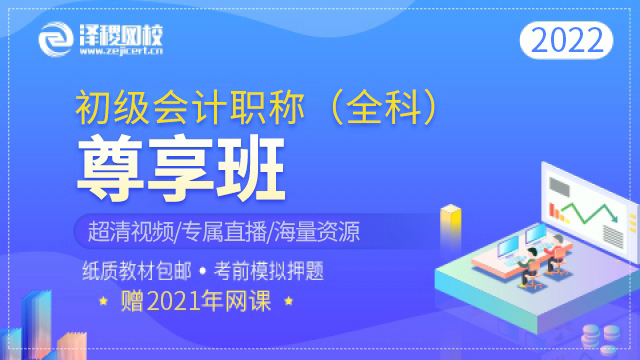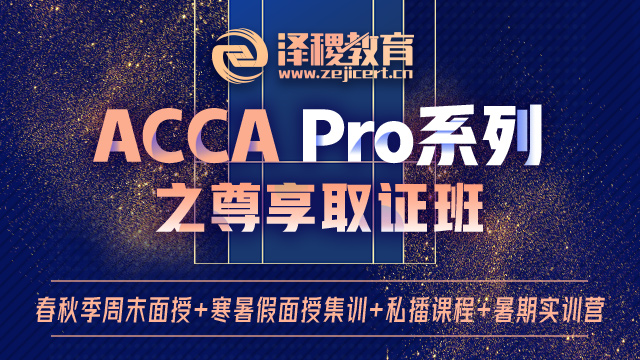发布ACCA exam tips不是用来押题的,是汇总本次考试的重要关键信息。文中有部分知识点的整理,更重要的是考试答题技巧的汇总,以及考前准备。12月A考加油
In section A there will be a wide range of topics tested as the examiner has to set 15 OTs.We would expect at least a couple of these OTs to be devoted to the administration of income tax and corporation tax.So candidates should ensure they are comfortable with the following:
Due dates for the payment of income tax(including payments on account)
Due dates for the payment of corporation tax(including instalments for large companies)
Filing dates for the income tax and corporation tax returns
Penalties and interest for late payments and returns
Also likely for the OT section of the exam are the following:
VAT rules on registration,impairment loss(bad debt)relief,and the SME schemes relating to cash accounting,annual accounting and flat-rate schemes
Inheritance tax due on lifetime transfers both in the donor’s life and on death
Statutory residence tests for individuals
Identification of groups of companies for corporation tax loss reliefs and gains
Trading loss reliefs for both companies and sole traders
It is important to remember that section A offers the F6 examining team an opportunity to test THE WHOLE SYLLABUS so practicing on ALL KINDS OF F6 questions from the practice and revision kit will help build and complement your existing knowledge.
In section B of the exam the questions will be similar to those of section A but there will be a longer scenario to deal with than in section A questions.This means a slightly different exam skill is necessary as you have more information to deal with and each OT will require you to find the relevant information or data in that scenario.It is not a difficult skill but we would hope you have had time to practice an extensive range of section B questions from the practice and revision kit before attempting the real exam.
In section C you will face the longer,constructed response questions with scenarios and much more open requirements.Your answers will need,not just sound technical knowledge,but also that knowledge will need to be relevant to the question you have been asked.Furthermore your answer will have to be presented logically so the marker can follow your thought processes.
At least 50%of your revision time has to be spent answering the section C questions in the practice and revision kit to build up confidence and speed in a way that will also maximise marks.
Remember to learn your income tax and corporation tax proformas.
Calculations which require no more than two or three entries into your calculator can be included on the face of your proformas(eg.Grossing up dividends/interest).Calculations which are more complex(eg.Company car benefits)need separate workings which are properly referenced(W1,W2 etc and with a heading).
Actually attempt the narrative parts of the requirement–aim for as many sentences as there are marks with each sentence containing something technical.Keep your paragraphs to no more than 3 sentences long(4 at an absolute maximum).
In both numerical and narrative answers leave plenty of space on the page.So in proformas–leave a gap between each line(you will definitely need to add something in).In narrative answers leave a line or two between each paragraph just in case you remember something later.Well-spaced answers are also easier to mark–and you ALWAYS WANT TO KEEP YOUR MARKER HAPPY.
We know that the two longest questions will focus on income tax and corporation tax.This is likely to include the following.
Employment benefits
Property income
Relief for pension contributions
Adjustments to profit to arrive at trading income for both companies and sole traders–in past sitting we have seen a number of questions whereby you have to correct errors in computations included in the scenario
Capital allowance computations
It is also likely that section C will include a ten mark question on VAT,inheritance tax or capital gains tax.So remember to cover the whole syllabus in the practice and revision kit.
Finally,remember the pass mark is 50%you don’t need to be perfect.If you don’t know something have a guess and move on.Sometimes you have to do that in order to get follow through marks in section C questions.If you make a mistake but then have to use that incorrect figure later on in a subsequent calculation then that’s fine you can only lose the mark once.In section A and B never leave an OT unanswered,have a guess if need be.
点击在线咨询泽稷老师,ACCA中文宝典免费领,更有机会获得海量免费ACCA学习资料。


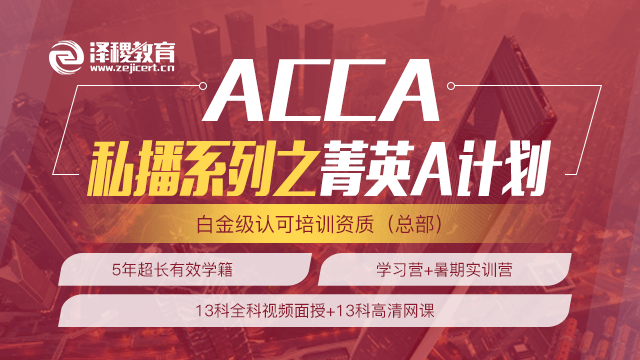
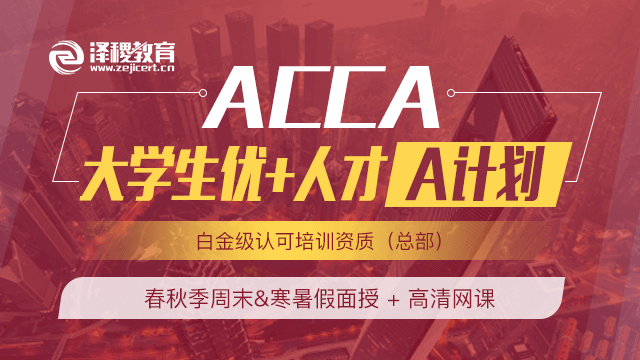
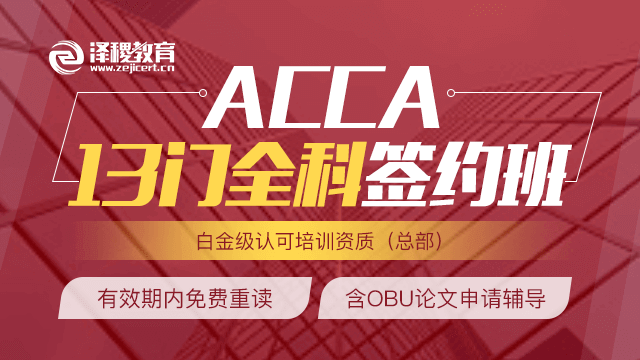
 白金级认可培训资质(总部)
白金级认可培训资质(总部)
 课程试听
课程试听
 职业规划
职业规划
 ACCA中文教材
ACCA中文教材
 考位预约
考位预约
 免费资料
免费资料
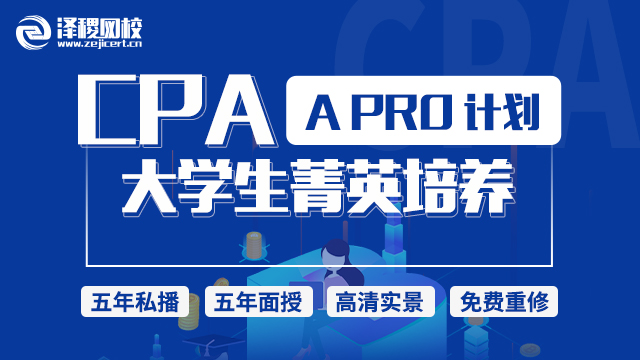
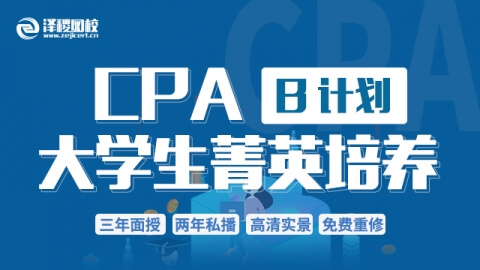
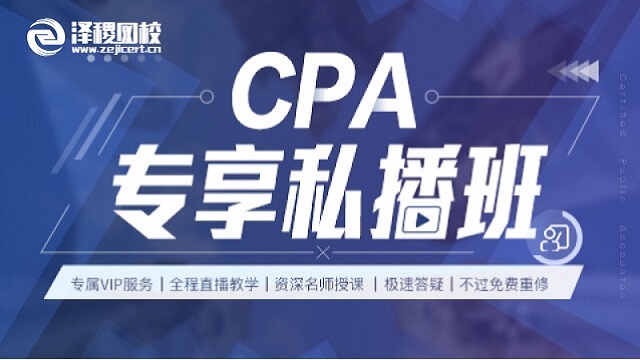
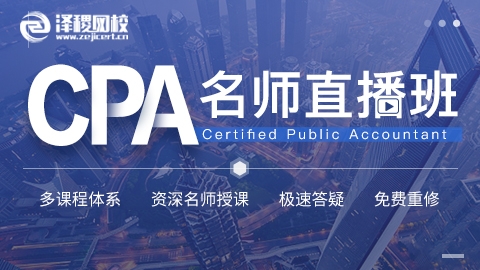
 题库下载
题库下载
 模拟机考
模拟机考
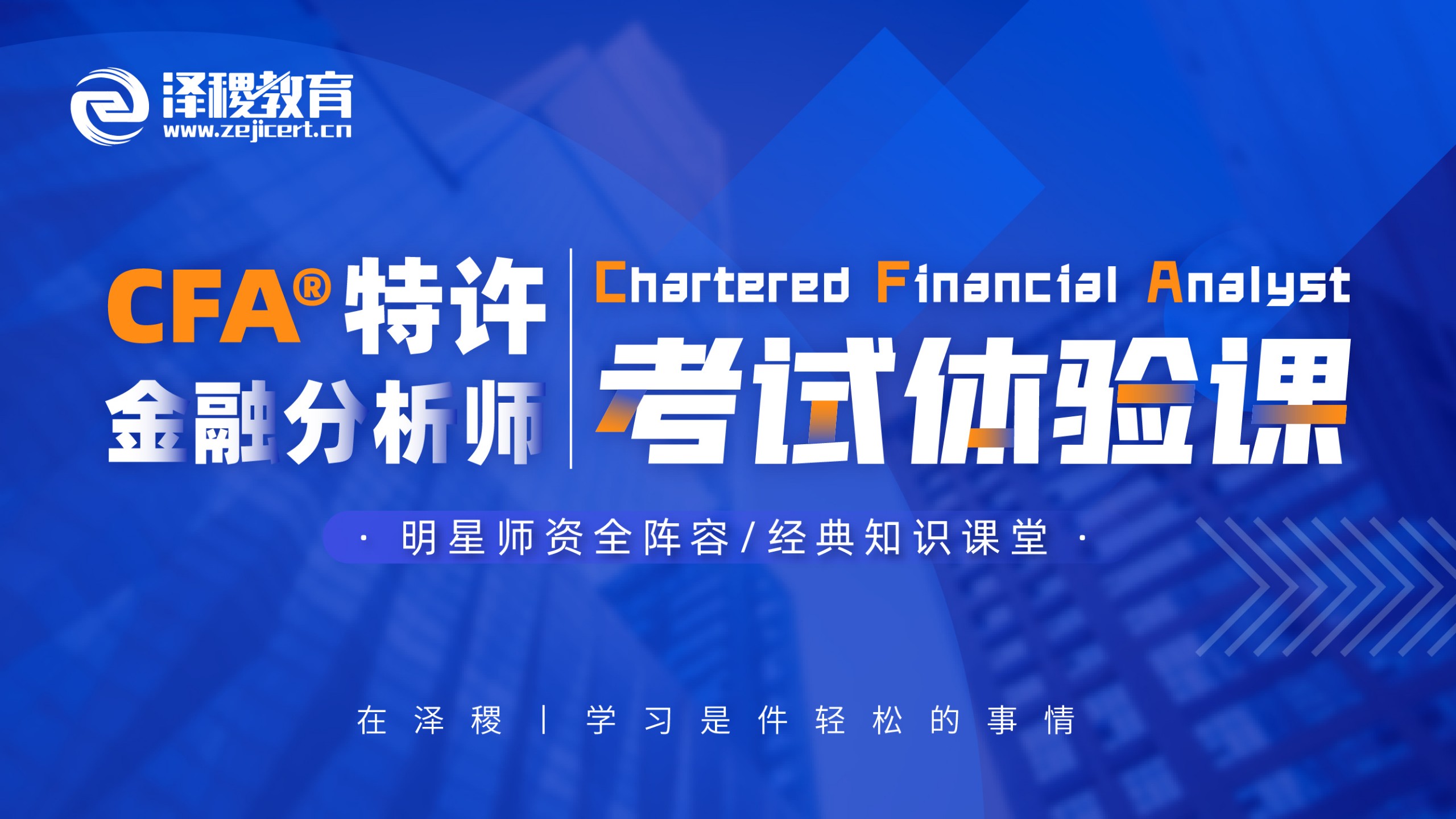

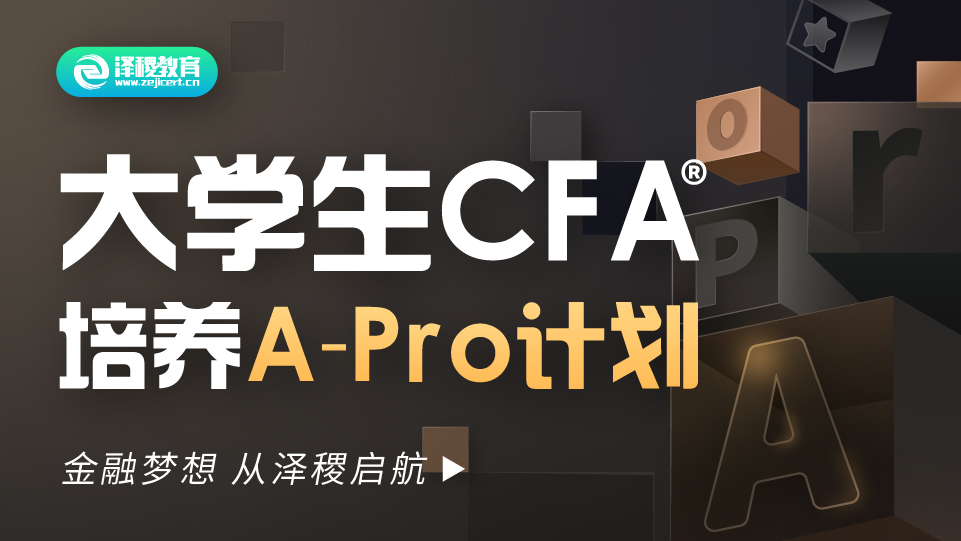
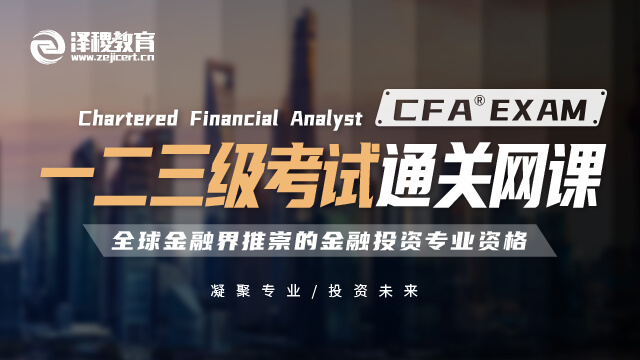
 CFA®成绩查询
CFA®成绩查询



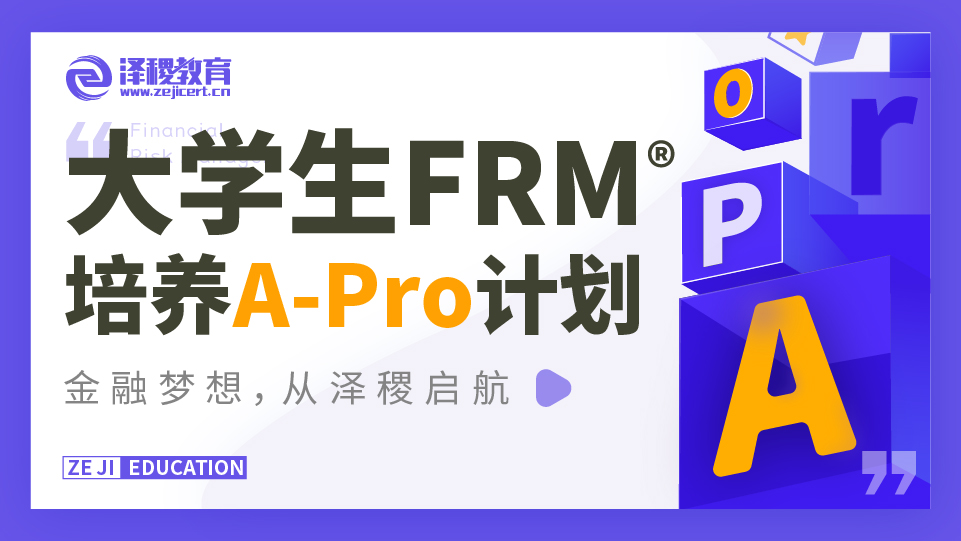
 GARP协会官方认可FRM®备考机构
GARP协会官方认可FRM®备考机构

